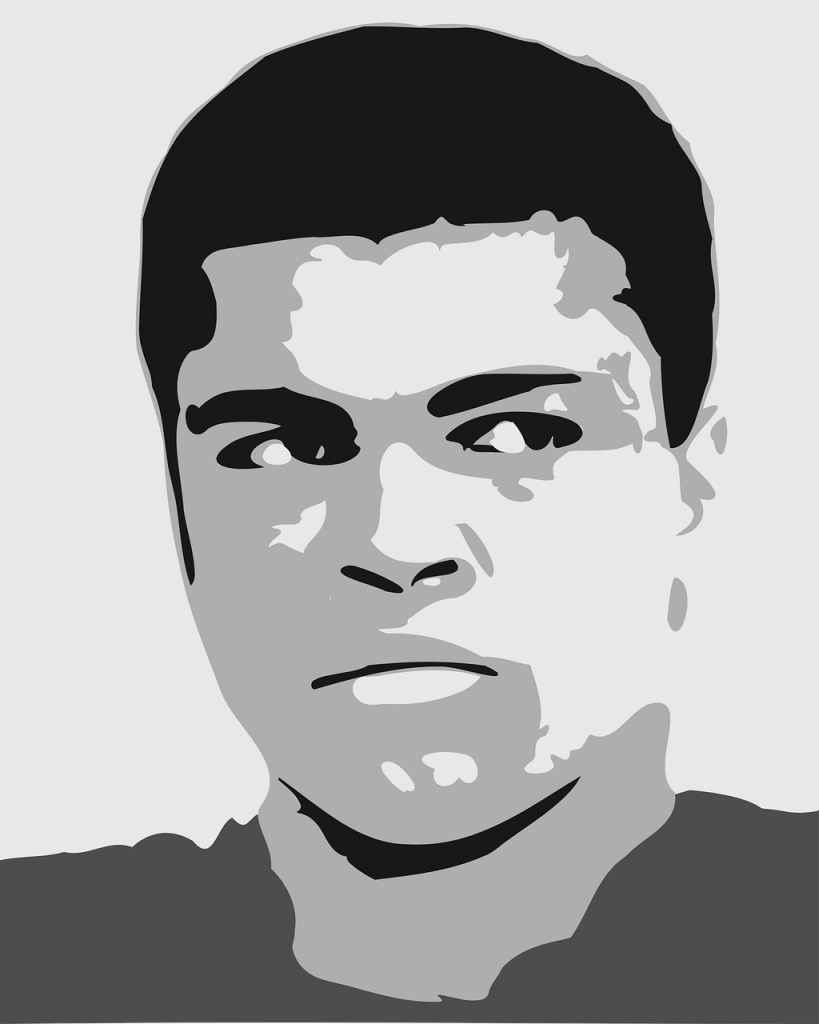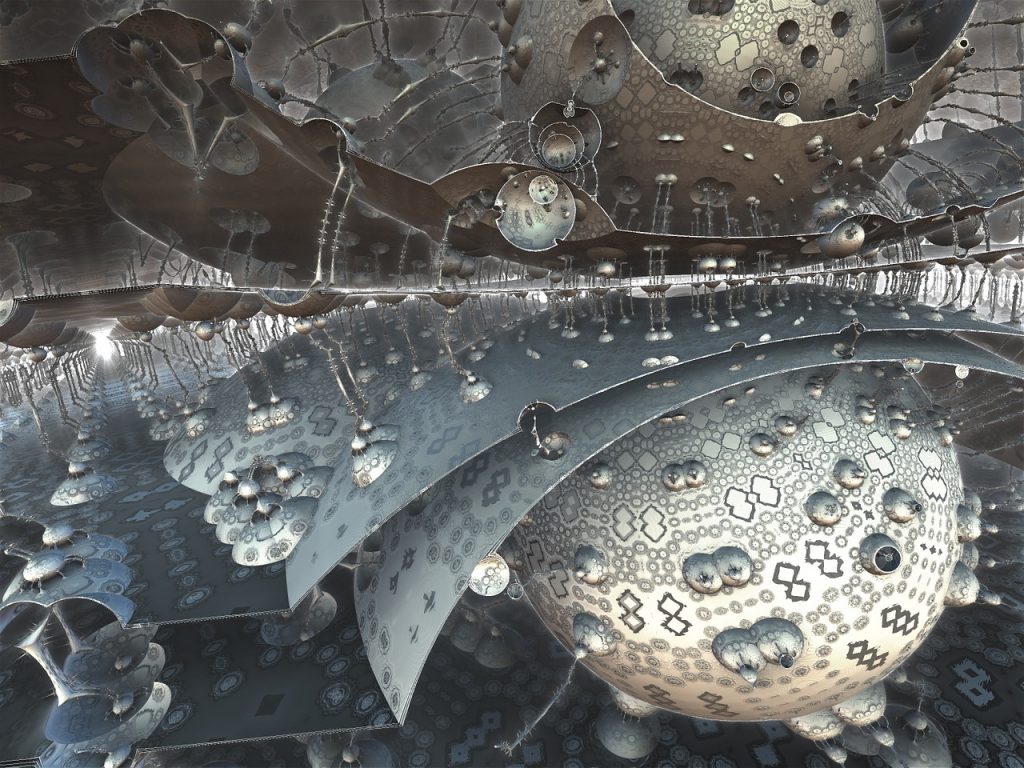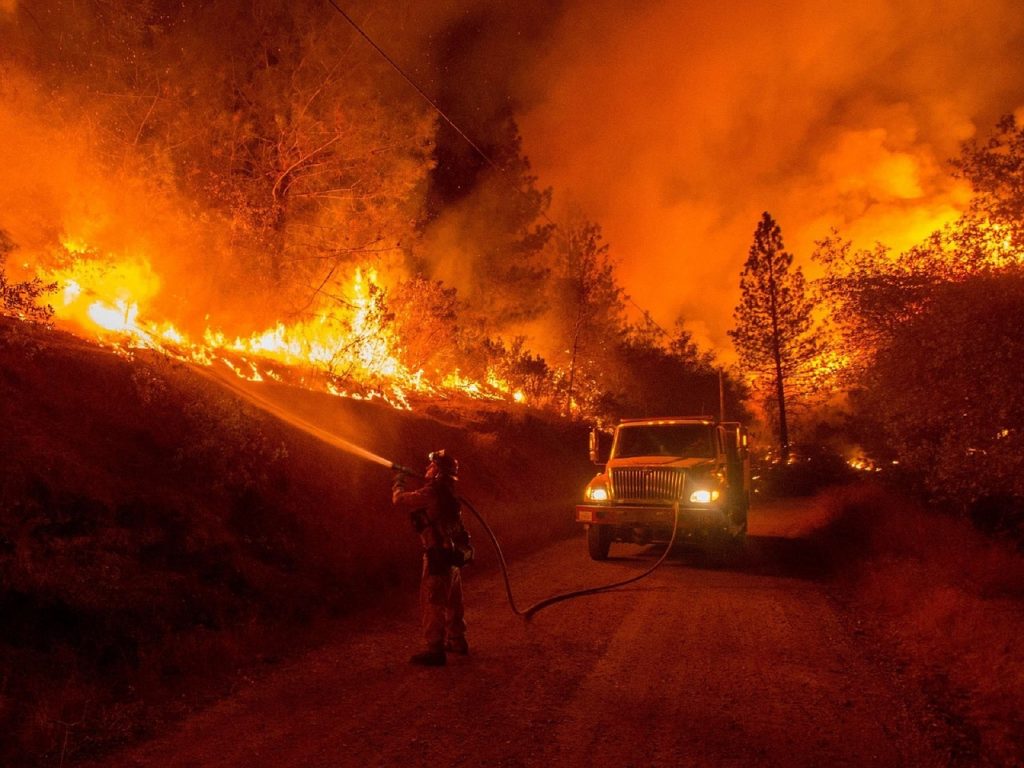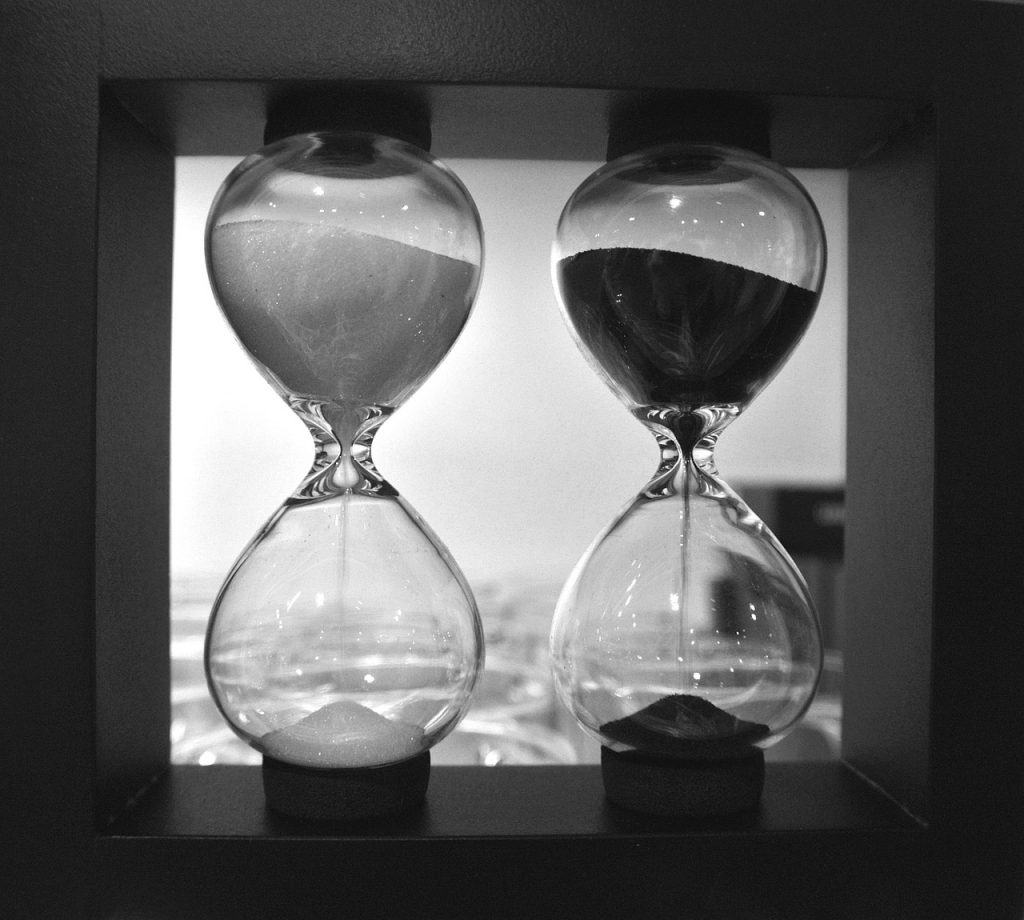
Funder Relations
The downsides of linear thinking, and why we need to embrace failure

In the nonprofit sector, this linear sort of thinking is pervasive, seeping into every aspect of our work, manifesting in things such as:Continue reading →
9 Principles of Community-Centric Fundraising

Today, I want to lay out a few preliminary thoughts on Community-Centric Fundraising. I was hoping to work on this further and present a tighter set of principles later, but because so many are curious, I thought I’d set down a few tentative points, based on the conversations and input I’ve had so far. Special thanks to AFP Calgary and Area and Banff Compass 2017, Amy Varga of Varga Consulting, Emily Anthony and Julie Edsforth of Clover Search Works, Erica Mills of Claxon Marketing, my friends in the Seattle chapter of EDHH, my staff, and other amazing colleagues, especially fundraisers of color, who provided thoughts, including disagreement. (It should be noted that the colleagues listed here helped me to think, but it does not necessarily mean they agree with everything presented here).
Again, these principles and sample actions below are tentative, and will change and evolve as we have more conversations, including likely some more healthy arguments:Continue reading →
How the focus on overhead disenfranchises communities of color and fans the flames of injustice

***
In this political climate, when so many of us nonprofits are rallying to put out one fire after another, many of the things we have been used to and have been putting up with no longer make sense. Many of us in the sector have been making the argument against restricted funding and for general operating for years. Here’s a report from GEO. Here’s one from CEP. Here’s a piece from my colleague Paul Shoemaker. And I’ve made impassioned pleas here, here, and here. But despite countless arguments by dozens of leaders, we still have foundations who restrict funds, who set arbitrary numbers for “indirect expenses” and “overhead.”
But there has been one argument that we have not stressed enough to funders and donors, but now it is urgent that we do so: The focus on overhead is no longer just annoying, it’s perpetuating inequity and injustice.Continue reading →
Time inequity: What it is and why it’s no-good, very-bad

I can’t blame the baby for flinging food at us though. We haven’t been paying nearly as much attention to him as we did with his brother. He just turned one, and I think half the people we know aren’t even aware that we have a second baby, so little have we mentioned him. One person seemed irritated; he cornered me one day and said, “Hey, I heard you have a new baby? Why didn’t you tell me?” I felt terrible. All I could reply was, “Sorry, Dad…”Continue reading →

